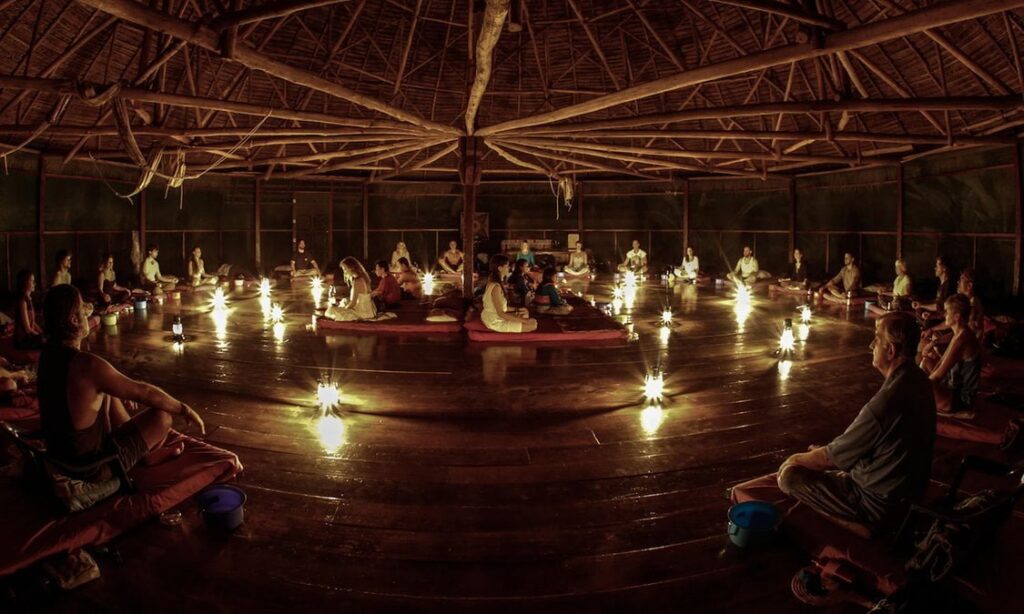
It should be noted that Ayauhasca has VERY diverging unique traditions across the ENTIRE Amazon asin, it is NOT limited to Peru, Colombia, Brazil and Ecuador ALL have their own unique approach to working with “La Madre” (Mother Earth) and there are many many excellent Ayahuasqueros around the globe. We should also note that we CANNOT speak about Ayahuasca w/o mentioning the VERY real dangers of brujeria (black magic) practiced by some Ayahuasqueros themselves. This powerful plant medicine must be practiced and administered preferably during the day (If night time make sure a light in on at all times) and under strict supervision of an Ayahuasquero who has been highly recommended by someone you absolutely trust because the Shaman’s energy has everything to do with the Positive (Divine) or negative (witchcraft) results you’ll get out of the soul medicine plant Ceremony “experience”.
The German poet Goethe never attended an ayahuasca ceremony. Nonetheless, his words contain useful advice for those wishing to explore visionary realms. In his poem The Sorcerer’s Apprentice, Goethe describes a young apprentice who must clean his master’s workshop while the latter is away. The apprentice doesn’t want to do this by hand, so he uses one of his master’s spells to enchant a broom to clean for him.
Voila!
The broom begins fetching water and scrubbing the floor. Soon the floor is flooded as the apprentice realizes he doesn’t know how to end the spell. He tries splitting the broom in two with an axe, but each half becomes a whole new broom and the chaos doubles as torrents of water crash their way through the workshop. When all seems lost, the sorcerer returns and breaks the spell, sternly warning that the spirits should only be called by those who understand them.
What is Goethe telling us? The apprentice knows how to open the floodgates of spirit, but is overwhelmed when the spirit takes on a life of its own. The apprentice is still learning the way. Unfamiliar with spirits, he invokes them to do something he should be doing himself: cleaning the workshop.
Notice the role of water in the poem. Normally a source of life and purification, here water plays the role of destroyer. The spirit of healing becomes an agent of chaos. The apprentice doesn’t realize the power of the spirits he has called and the channel he opens literally floods him. Goethe’s lesson is simple: the master’s magic is not a casual affair. It is sacred work, direct communion with the very fabric of reality.
In the West, we are used to thinking of medicine as curing illness because modern Western medicine treats symptoms. Yet symptoms are only manifestations of a mind-body imbalance. Traditional medicine treats the imbalance, helping the mind-body heal itself. In other words, it is the inherent intelligence of the body that heals. Medicine is only a support, a compassionate friend, in the healing process.
The beauty of VPM is that it gives us a choice: to be brave and assume responsibility for our innate healing capabilities, or to shy away in fear and shallowness. The question is whether we are ready to be exposed to this choice. Once confronted, every moment we refuse the challenge is a moment of sadness and suffering, as part of ourself identifies with the visionary experience whilst the other does not fully accept its consequences. And so we limp away from our dreams like a wounded dog.
This is why the Swiss psychoanalyst Carl Jung was critical of psychedelic experiences. He believed they revealed too much: “I am profoundly mistrustful of the ‘pure gifts of the Gods.’ You pay very dearly for them.” For Jung, man could only handle a bit at a time. He believed the perfect medicine was the dream state, when the mind relaxes, the ego weakens, and the dreamer receives insight inaccessible to the rational waking mind. Dreams, he thought, were more effective than psychedelics because they allowed for consistent, gradual evolution. They kept things on a human scale. Regardless of his views on psychedelics, Jung reminds us that the spiritual path is not something we save for Sunday morning. It is a constant, fiery devotion towards life, an unwavering acceptance of reality at every moment in time.
To be this unwavering is difficult when visionary medicine brings us to states of being so far removed from day-to-day life. The plants show us their vision of the world, where humans are not the center of existence and where all living beings are in a state of constant interaction. In ceremony, we experience states that, in many spiritual traditions, are limited only to advanced initiates. Many teachings in Tibetan Buddhism, for example, are reserved only to those who have prepared by years of preliminary practices.
Like Goethe’s apprentice, we like shortcuts. And today, shortcuts are more and more accessible. Supporting a cause is as easy as liking it on Facebook, there’s a yoga teacher on every street corner, and ceremonies of all kinds are a phone call or plane ride away. Suddenly, all these spiritual practices become accessible. Doors of all kinds open up: we have entered the spiritual supermarket. It is enormous and has many, many, brightly-lit, signposted aisles. But, what to pick? This medicine or that one?
The abundance of options easily leads to what Chogyam Trungpa calls spiritual materialism, when the ego converts spirituality to its own use. Others call it spiritual bypassing, when spirituality becomes a way of not tending to our deepest wounds. Meditation, as a solitary practice, can be a method of avoiding one’s relationship with others. Yoga can be an exercise in self-harm just as it can be a source of serenity. And VPM can easily devolve into witchcraft, which is a perversion of healing shamanism for egoistic power. The existence of witchcraft in the Amazon reminds us that all humans, not just Westerners, can distort true spirituality, despite their good intentions.
In spiritual materialism, we go on a quest for personal progress, setting ourselves the distant goal of self-liberation, without ever tackling the root of our suffering. Although our objective may be honorable, we forget that the only way to reach it is to begin with where we are in the present. Think about it: we cannot reach a destination without starting from where we are. To get from A to Z, we don’t start at K.
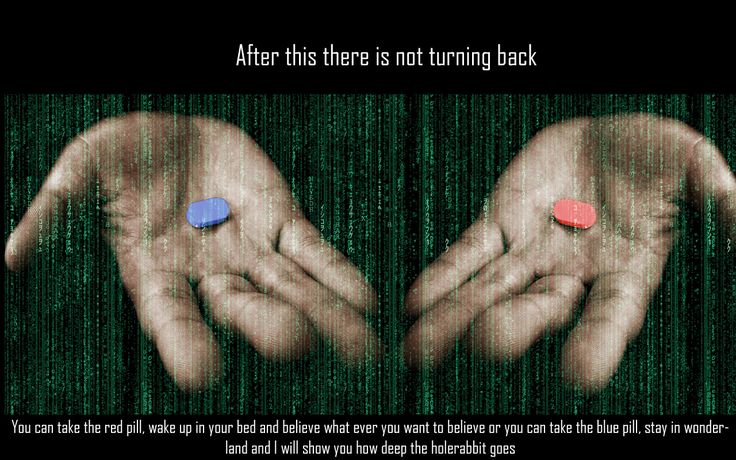
If we pay enough attention to our experience, we eventually realize that we suffer from an inability to fully accept the present. The ever-changing nature of the present disrupts the rigid notions of reality we hold, the narratives we use to conceptualize our lives. As a result, we are always trying to be somewhere else, either physically or psychologically.
The trouble is that unless we work on maintaining awareness of the habits of our mind on a daily basis, we will maintain these habits in our experience with VPM. VPM without a pre-existing spiritual or contemplative foundation is pointless, like planting seeds in barren soil. A Secoya shaman once cautioned me that without proper discipline, “el yagé engaña” – the medicine tricks. Although the plants of the Earth want to heal us, they are not enough to dissolve our defenses. Their healing abilities, in the words of John Welwood, are “like the light and warmth of the sun that starts to wake up a dormant seed within us. Soul is that seed, which wants to grow, blossom, and bear fruit, to become all that it can be. But often the shell around the seed is so thick that it blocks those expansive possibilities.”
Instead of the light penetrating us to the core, transmuting us wholly, we let it shine only in the places we want—the safe places we know—because deep inside we are afraid of lowering our defenses. We remain stuck in the same neurotic pathways as before, endlessly wondering why we don’t feel better, when the nausea will end, and why we aren’t having visions whilst our neighbor is head to head with a large bioluminescent snake. “I want what she’s having!”
Experienced meditators are familiar with the dilemma that meditation involves shedding a sense of reward. In ceremony too, we must leave expectations behind. In the West, this is especially difficult to understand because we pay for our ceremonies. We want the most bang for our buck (hand over the goods ayahuasca!). The intensity, vividness, and sheer alienness of ceremonies can easily lead us to sensationalist interpretations and confusion.
That’s precisely what happened to me. My ceremonies consistently flooded me with new powerful sensations, and I simply didn’t know what to do with them. The gap between my experiences during ceremony and day-to-day life felt vast. Similarly, medicine retreats in the Amazon don’t always translate to a smooth landing back home. Nor is this phenomenon unique to VPM. In contemplative practices, meditators in isolation can reach profound states of bliss yet be completely overwhelmed when returning to the mundane world.
Yet, the mundane world is the real test. It is there that we realize that spirit and matter are two sides of the same coin. It is also there that we confront and help alleviate the suffering of others, remembering that the external world can be soothing balm for our own healing. Lama Govinda says, “He who strives for his own salvation, or merely with a view of getting rid of suffering in the shortest possible way, without regard for his fellow beings, has already deprived himself of the most essential means for the realization of his aim.”
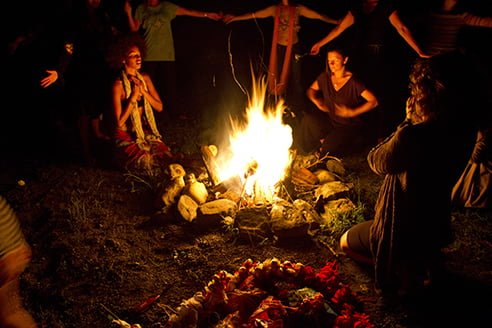
I am writing these words because I see so much good intention in human beings, so much effort, and so much strength, but also tremendous doubt, fear and misplaced energy. Human beings are unique in their ability to not only be and feel energy, but also to willfully direct energy. We can aim this energy in any direction, towards any purpose. But without a clear sense of direction, confusion prevails. The French Catholic priest-philosopher-archaeologist Teilhard de Chardin asks us “If man fails to recognize his true nature, the true object of his love, the confusion is vast and irremediable. Bent on assuaging a passion for the All on an object too small to satisfy it, his efforts will be fruitless, a terrible waste. How much energy do you think the spirit of the earth loses in a single night?”
Visionary plants can heal, but the most fundamental agent of healing and transformation is the sharp blade of the present, and this can be found regardless of the path we pursue, gods we worship, or plants we work with. The exploration of visionary realms is fascinating and necessary, but let us do so with our feet firmly grounded in everyday reality and common sense. Jung wondered, “You have not finished with the conscious side yet. Why should you expect more from the unconscious?”
In Christian iconography, the Virgin Mary, upon learning that she will conceive the son of God, is often depicted with a book in her lap to symbolize her piety and discipline, for one does not passively receive heavenly grace, but works steadfastly towards it. There are no shortcuts.
So let’s wash the workshop, and purify our hearts and minds. An ayahuasca ceremony can help, but the present moment is the fundamental ceremony of life. This ceremony never ends and you are it’s shaman. In ceremony, everything is medicine, every breath you take, every blade of grass, the moments of bliss, and the moments of pain and desperation. The poet Rainer Maria Rilke wrote, “Perhaps all the dragons in our lives are only princesses who are waiting to see us act just once with beauty and courage. Perhaps everything terrible is, in its deepest essence, something helpless that needs our love.”
Can our darkest pains, our deepest fears, really be parts of ourselves crying for our attention? Perhaps the way forward is not as scary as we imagined it. As our hearts and minds expand, we understand that the sun always shines behind the clouds. Its splendid rays radiate eternally in all directions. Truly, as the Ramayana declares, “all evil vanishes from life for him who keeps the sun in his heart.”
I thank our plant friends for the blessings they have bestowed on us. I thank the shamans and healers, past, present, and future, for their sacred work. I thank the infinitely big and the infinitely small, the known and the forgotten. I thank the light that infuses all dimensions. And I thank you, reader, for sharing this moment with all of us. Bless your journey. Bless our journey…
Source: http://www.wakingtimes.com/2017/03/20/joys-pains-visionary-medicine-ceremony-life-comes-first/
Disclaimer: We at Prepare for Change (PFC) bring you information that is not offered by the mainstream news, and therefore may seem controversial. The opinions, views, statements, and/or information we present are not necessarily promoted, endorsed, espoused, or agreed to by Prepare for Change, its leadership Council, members, those who work with PFC, or those who read its content. However, they are hopefully provocative. Please use discernment! Use logical thinking, your own intuition and your own connection with Source, Spirit and Natural Laws to help you determine what is true and what is not. By sharing information and seeding dialogue, it is our goal to raise consciousness and awareness of higher truths to free us from enslavement of the matrix in this material realm.
 EN
EN FR
FR

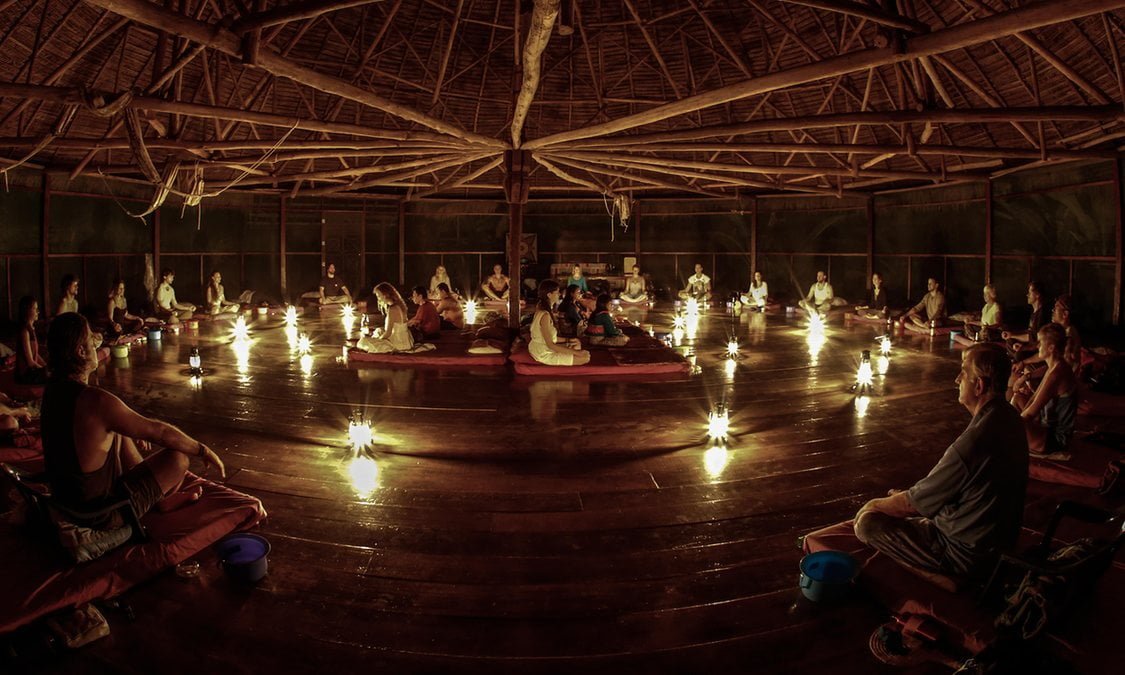

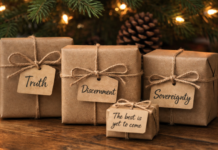
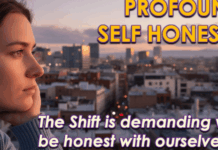
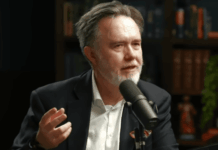
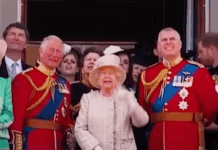
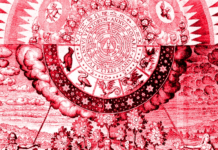

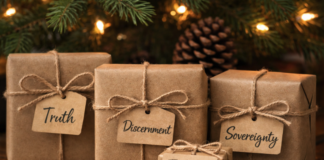
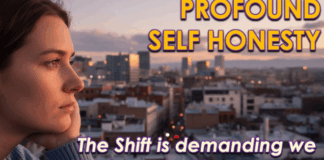

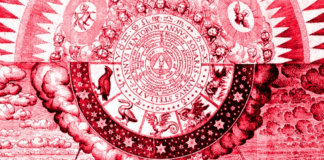














Nice write-up!